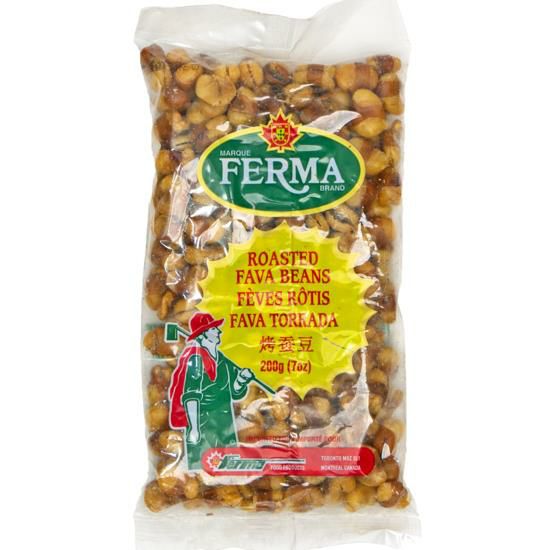Caribbean Siesta Recipe

Caribbean Siesta (22 Litres)
The prospect of long hot summer days and balmy evenings can leave one yearning for lighter flavoured and refreshing cold beer. With the intent of making a Summer Ale, this all-malt brew seems to sit best in category 6B. Blonde Ale (BJCP style guidelines) - an easy-drinking, approachable malt-orientated craft beer. While others siesta, you could be enjoying a tall frosty glass of this brew! The recipe includes the judicious use of a hop variety called Calypso (grown in the USA) for added bitterness, flavour and subtle pear (perhaps lemon) aromas. If Calypso is not available, select a hop variety to complement rather than dominate the brew. Salud!!
Ingredients
- 1.7kg Mexican Cerveza
- 2lb Light Dry Malt
- 25g Cascade hop pellets
- Yeast supplied with the kit and/or American Ale Yeast
- Dextrose Sugar
Features:
- Colour: Straw
- Body: Medium
- Bitterness: Medium/Low
- Approx. Alcohol Level: 4.8%
- Naturally Carbonated: Natural
Instructions:

STEP 1: Mix
In a good sized pan, add 1 cup of Light Dry Malt to 1 litre of water and bring to the boil (keep watch over it to ensure it does not boil over). Once at the boil, add 10g of Calypso hop pellets and boil for 10 minutes then remove from the heat and cool in a basin of cold water. Place the remaining Light Dry Malt into a sanitised, well drained fermenter. Add 2 litres of hot water then immediately pick the fermenter up and swirl the contents until dissolved (about 15 secs) - this minimises lumps. Add the Mexican Cerveza brew and strained Hop/Malt mix then stir thoroughly to dissolve all ingredients. Add cool water to the 18 litre mark and stir vigorously. Check the brew temperature and top up to the 22 litre mark with hot or cold water (refrigerated if necessary) to get as close as possible to 21C. Sprinkle the dry yeast, fit the lid and allow the temperature to drop to 18C over 12-24 hrs and remain at this temperature, if possible.

STEP 2: Brew
Around day 5 or once the foam has collapsed, add the remaining Calypso hop pellets.

STEP 3: Bottle
Bottle once the SG readings are stable over a couple of days. We recommend the use of PET bottles or reusable glass bottles designed for storing beer. Bottles need to be primed so that secondary fermentation (producing the gas in the bottle) can take place Add carbonation drops at the rate of 1 per 330ml/375ml bottle and 2 per 740ml/750ml bottle. Sugar or dextrose may be used at the rate of 8g per litre (approximately 6g of sugar to a level metric teaspoon). Store the bottles out of direct sunlight at 18C or above for at least 1 week while secondary fermentation occurs. Your beer can be consumed after 2 weeks. Bottles may be stored (conditioned) for long periods of time (3 months or more). Conditioning should improve flavour, reduce the size of the bubbles and make the yeast sediment more compacted.




Leave a comment